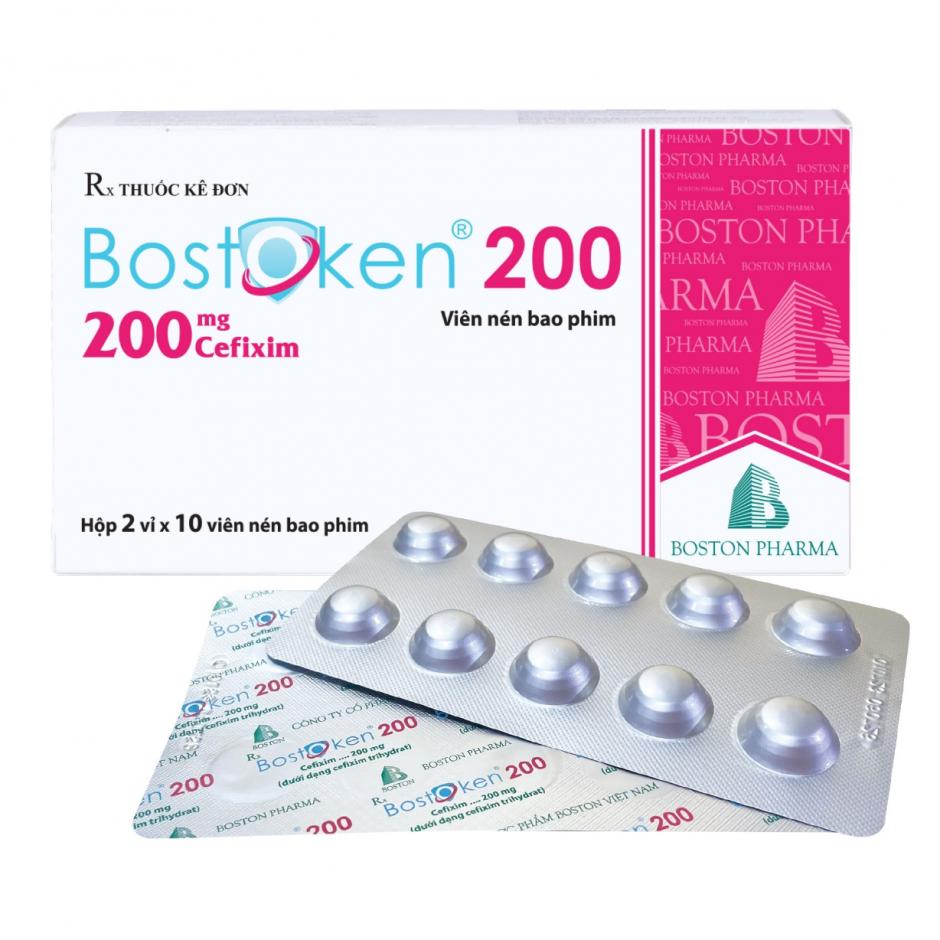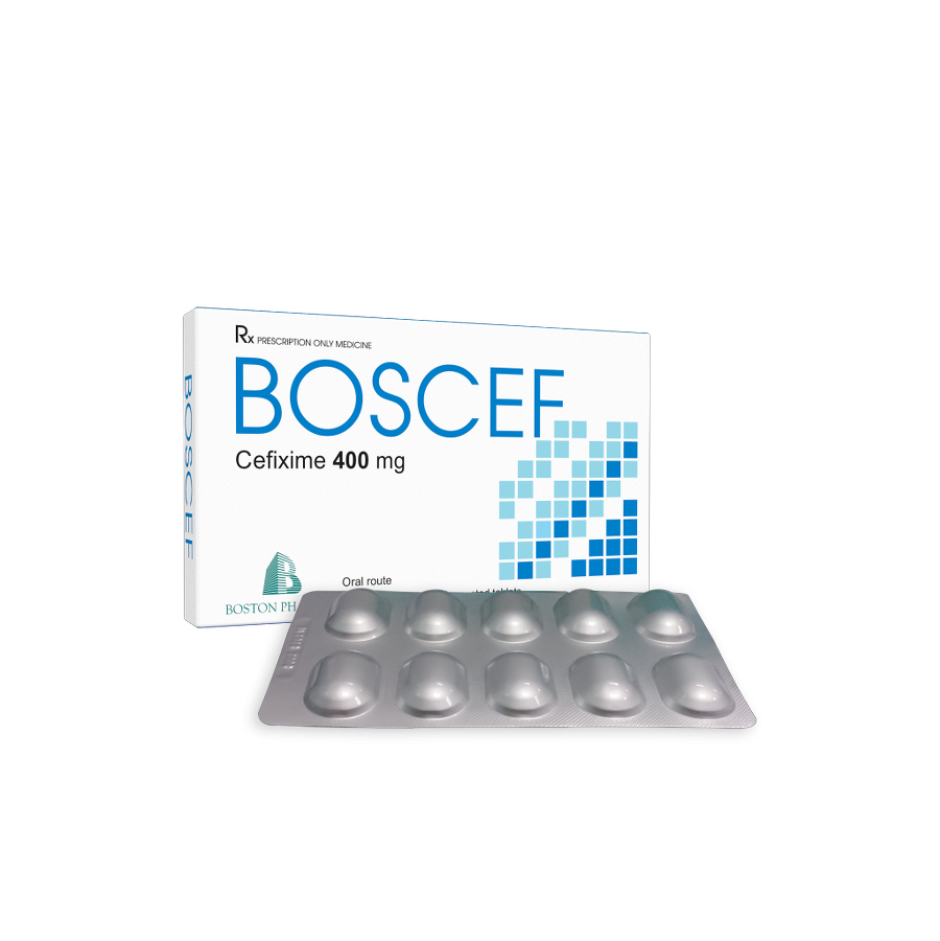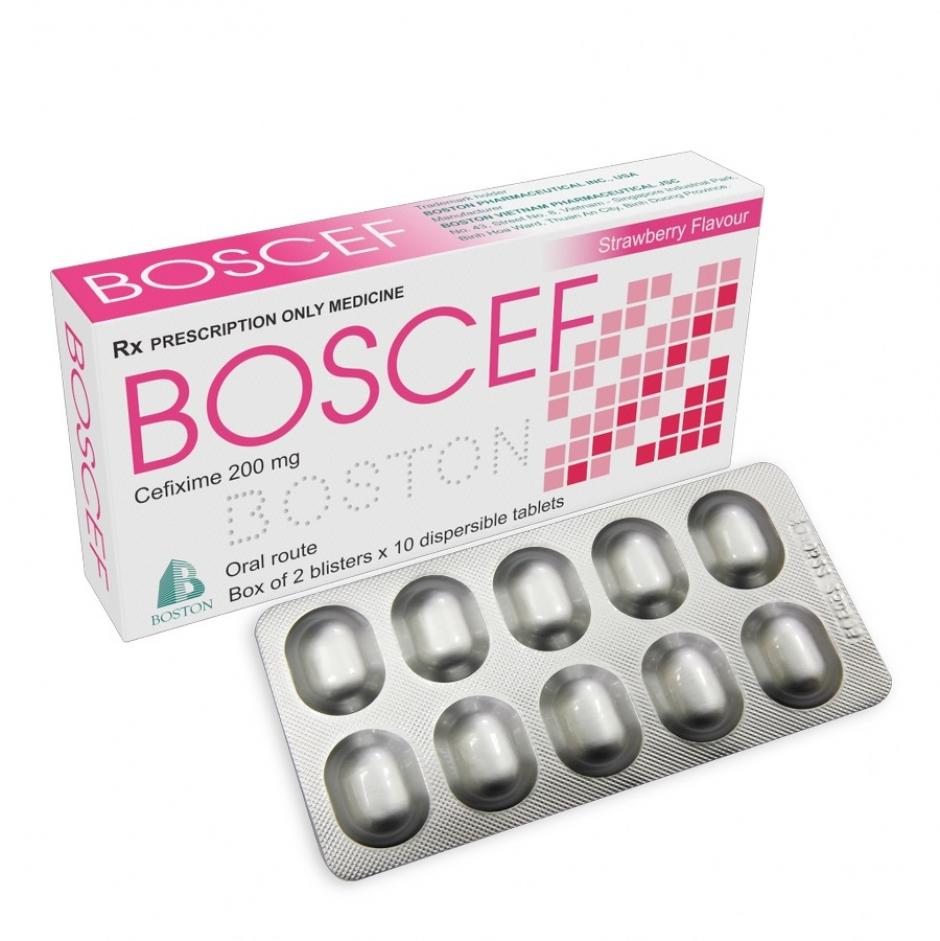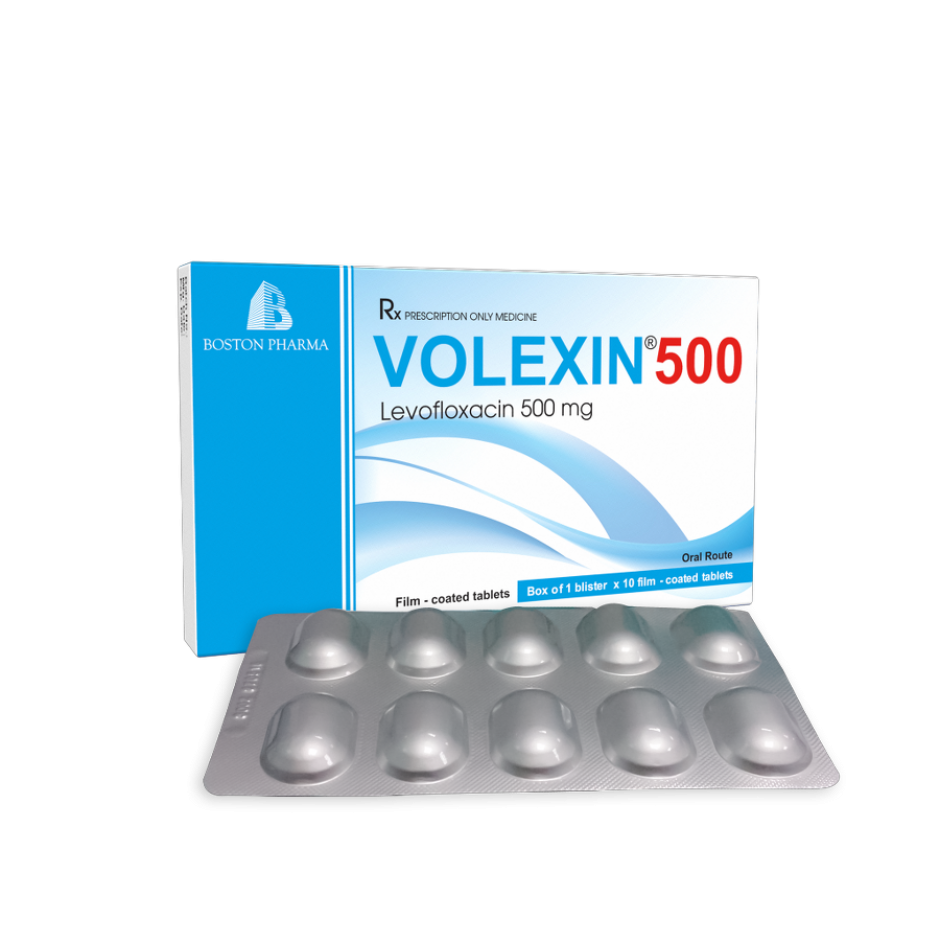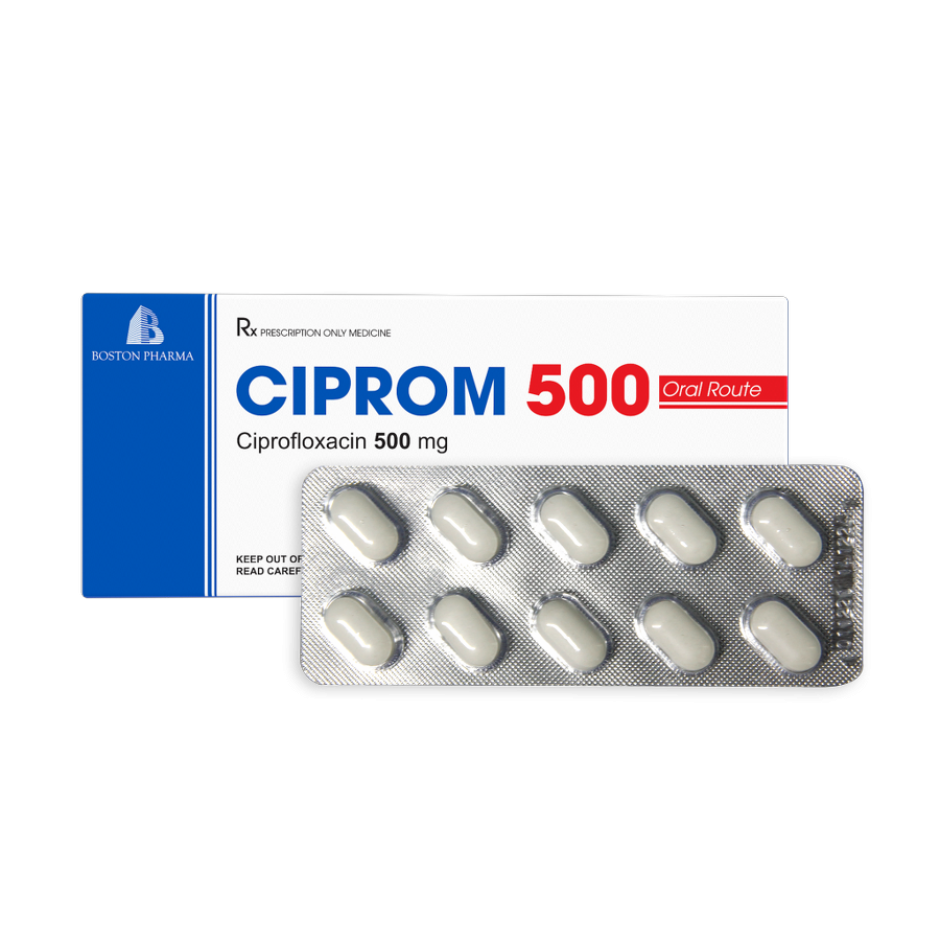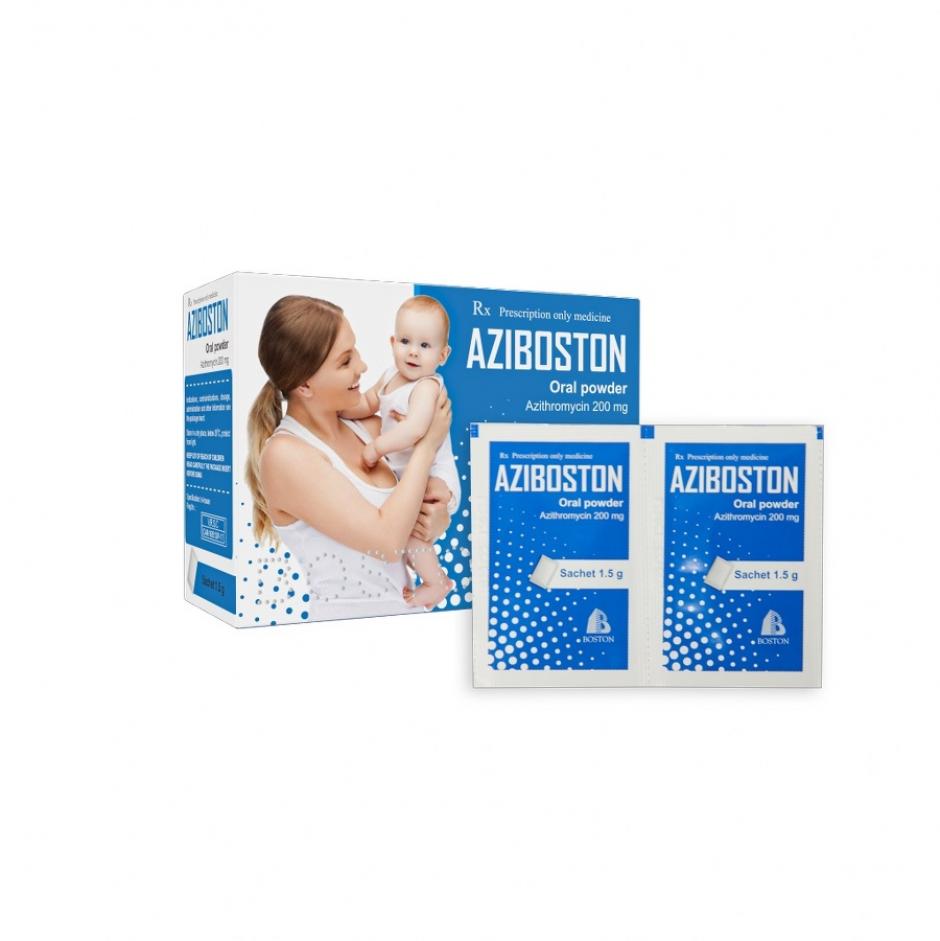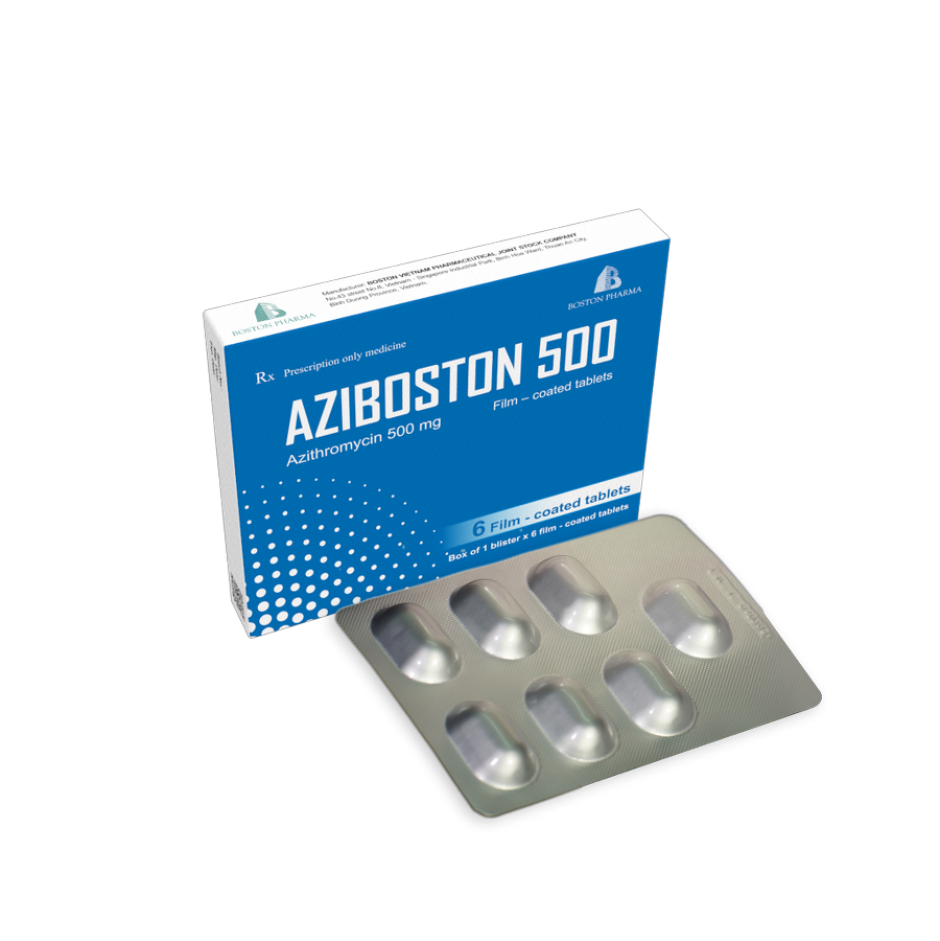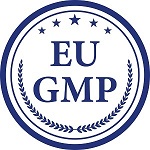DOSAGE AND ADMINISTRATION
Administration
Topical administration only.
Adults
A thin film of GENTRIBOSTON should be applied to cover completely the affected and surrounding skin areas twice daily, in the morning and at night.
Duration of therapy varies depending upon the results of clinical examination, microbiological testing and patient response to treatment.
In the case of foot mycoses a longer course of treatment (2-4 weeks) should be considered.
Children
Children from 2 to 12 years old
A small amounts apply on affected skin areas only and massage gently. Use no more than twice in a day with an interval at least 6-12 hours.
Under the care of a physician only the cream should be applied to face, neck, scalp, genital area, rectal area and intertrigo. Duration of treatment is limited to 5-7 days.
CONTRAINDICATIONS
Hypersensitivity to any of active components or ingredients of the preparation, other aminoglycosides (polyvalent allergy to gentamycin) or imidazole derivates (polyvalent allergy to clotrimazole).
Topical corticosteroids are contraindicated in skin infections (viral, bacterial [including tuberculosis] and fungal origin), reaction to vaccines, skin ulcers and acne.
Cream should not be applied for face in the case of rosacea or perioral dermatitis.
GENTRIBOSTON is not indicated for use with occlusive dressing.
GENTRIBOSTON should not be applied on mucosae, skin around eyes and close to eyes.
WARNINGS AND PRECAUTIONS
If irritation or sensitization develops with the use of GENTRIBOSTON treatment should be discontinued and appropriate treatment instituted.
The systemic absorption of active ingredients for topical use may be increased if extensive body surface areas are treated with GENTRIBOSTON especially for prolonged periods or on the injured skin. At such circumstances, any of the side effects that have been reported following systemic use may also occur with topical use. Suitable precautions should be taken in these circumstances, particularly with children.
A cumulative toxic effect should be expected (ototoxicity, nephrotoxicity) due to increased transcutaneous absorption when aminoglycosides for systemic use are co-administrated. The probability of polyvalent allergy to other aminoglycosides should be taken into account.
Prolonged use of antibiotic-containing preparations could result in growth of insensitive microorganisms. In such case or if a superinfection is developed the appropriative treatment should be started.
Extensive use and the use of occlusive dressings of high-dose potent or very potent corticosteroid should be monitored closely by physician, especially taking into account the supression of endogenous corticosteroids and possibility of metabolic effect.
Use on an open wound and damaged skin should be avoided.
Continuous use during 2 to 3 weeks should not be exceed, if possible.
If used very potent, potent and moderate corticosteroids on the face or genital areas, the special care should be taken and courses should be limited to 1 week.
On the areas around eyes only mild corticosteroids should be used (due to the risk of glaucoma).
Corticosteroids might mask symptoms of allergic skin reaction to ingredients of the drug.
Patient should be informed to use the drug for current skin disease only and do not share the drug with other people.
Children
This preparation is not recommended for children under 2 years.
Pediatric patients may demonstrate greater susceptibility to topical corticosteroid induced hypothalamic-pituitary-adrenal (HPA) axis suppression and to exogenous corticosteroid effects than mature patients because of greater absorption due to a large skin surface area to body weight ratio. HPA axis suppression, Cushing's syndrome, linear growth retardation, delayed weight gain, and intracranial hypertension have been reported in children receiving topical corticosteroids. Manifestations of adrenal suppression in children include low plasma cortisol levels and absence of response to ACTH stimulation. Manifestations of intra-cranial hypertension include a bulging fontanelle, headaches and bilateral papilledema.
PREGNANCY AND LACTATION
Pregnancy
Studies in animals have shown teratogenic action of topical corticosteroids. There are no data in pregnant women.
Aminoglycosides cross the placenta and can be harmful to the foetus if woman use aminoglycosides during pregnancy.
Complete, irreversible, bilateral congenital deafness have reported in children from women who used aminoglycosides, including gentamycin, during pregnancy.
Data on topical use of gentamycin in pregnancy are not sufficient.
Data on use of clotrimazole in pregnancy are not sufficient. Studies in animals have shown no evidence of risks for the foetus.
GENTRIBOSTON should be use only if clearly necessary.
GENTRIBOSTON should not be applied to a large surface area, in large amounts or during long time.
Lactation
It is not known whether gentamycin, clotrimazole or corticosteroids for topical use are secreted in human milk. However, corticosteroids which appear in the blood, are also secreted in human milk. Breast feeding is contraindicated when GENTRIBOSTON is to be applied on breasts.
EFFECTS ON ABILITY TO DRIVE AND USE MACHINES
Generally the drug has no effects on ability to drive and use machines.
INTERACTIONS
If GENTRIBOSTON to be applied on the skin of genital or anal area, such excipients as white vaseline and dense paraffin, at simultaneous use of condoms from latex, it can lead to reduction of durability of condoms by a gap and therefore, to fail of their reliability.
Topical clotrimazole can demonstrate antagonistic action with respect to amphotericin and other polyene antibiotics.
UNDESIRABLE EFFECTS.
At the beginning of treatment
Skin (rare): Irritation, burning, itching, dry skin, hypersensitivity to any component of the drug, skin discoloration.
When used for large skin area, with occlusive dressing and/or prolonged use.
Local skin disorders are possible if extensive body surface areas are treated, if the occlusive technique is used or if treatment is prolonged. Systemic effect (adrenal supression) is probable if extensive body surface areas are treated. Due to decreased local resistance to infections there is increased risk for secondary infection.
Skin
Local skin disorders such as atrophy (especially on the face), telangiectasia, striae, strip-like skin atrophy, skin haemorrhagy, purpura, steroid acne, rosacea-like or perioral dermatitis, hypertrichosis, skin discoloration. Not known if the skin discoloration is reversible.
Uncommon: Contact sensitivity to gentamycin.
Some patients have experienced the evident photosensitivity which, however, did not recur after repeated using gentamycin with the subsequent influence of UV-radiation.
Endocrine system
Suppression of endogenous corticosteroids synthesis, hypercorticalism with oedema
Nutrition disorders
Diabetes mellitus (manifastation of latent form).
Ear, labyrinth/renal disorders
During treatment with using cream on extensive skin areas or applications on the injured skin when administered concurrently with systemic aminoglycosides, the cumulative ototoxicity/ nephrotoxicity can occur.
Musculoskeletal disorders
Osteoporosis, growth retardation (children). In case of appearance the listed adverse reactions, and also the reactions which are not listed in this instruction for medical use of the drug, it is necessary to address to the doctor.
OVERDOSE AND TREATMENT
Symptoms
Pituitary-adrenal axis suppression with development of secondary adrenal insufficiency and manifestations of hypercorticalism symptoms, including Cushing’s syndrome is possible with prolonged usage or if extensive body surface areas are treated. Such symptoms should not be considered as gentamycin overdose. Using clotrimazole with occlusive dressings during 6 hours did not resulted to manifestations of overdose symptoms.
Overgrowth of insensitive microorganisms is possible with prolonged usage of gentamycin or if extensive body surface areas are treated.
Treatment
Appropriate symptomatic treatment is indicated. Acute hypercorticoid symptoms are virtually reversible. Treat electrolyte imbalance, if necessary. In cases of chronic toxicity, slow withdrawal of corticosteroids is advised. If overgrowth of resistant microorganisms occurs, GENTRIBOSTON should be withdraw and appropriate treatment instituted.
STORAGE CONDITION
In a dry place, below 30°C, protect from light.
SHELF-LIFE
24 months from the manufacturing date. Do not use after the expiry date.



_gentriboston_900x900.jpg)

